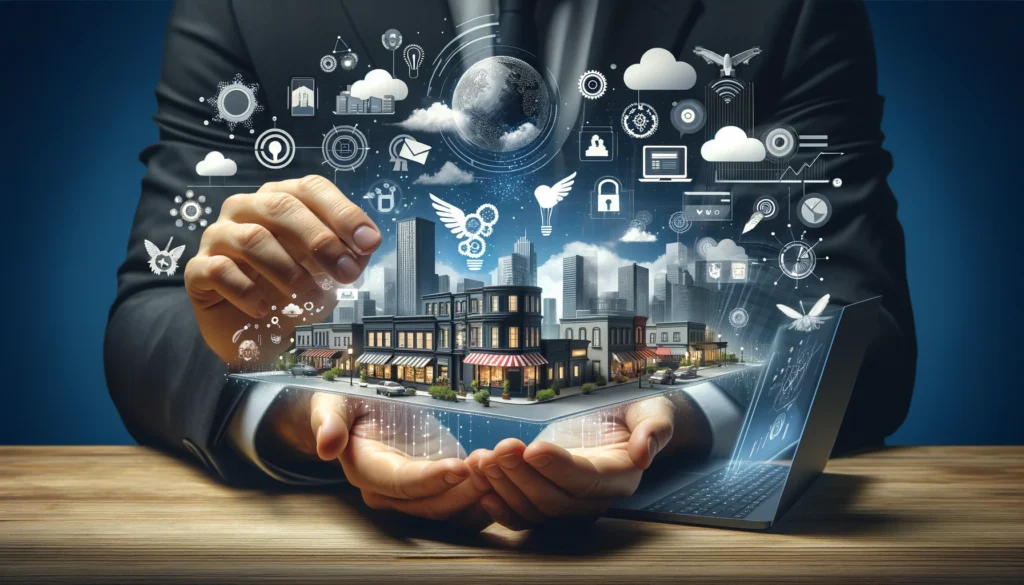
Do Rewards Programs Truly Create Loyalty?
In an ever-competitive market, businesses constantly seek innovative strategies to retain customers. Among these strategies, loyalty programs stand out as a popular mechanism aimed at encouraging repeat business. However, the effectiveness of these programs in fostering genuine loyalty is a subject of ongoing debate. This blog post delves into the nuances of loyalty programs, their psychological underpinnings, potential pitfalls, and the distinction between transactional loyalty and emotional loyalty.
The Essence of Loyalty Programs
Loyalty programs, in their various forms, are designed to reward customers for their repeated business. These rewards can range from points to perks, exclusive offers, and personalized experiences. The principle is straightforward: incentivize the customer, and they will keep coming back. But is the reality as simple?
Psychological Underpinnings
At their core, loyalty programs tap into basic human behaviors—our innate response to rewards and recognition. The anticipation of earning a reward can stimulate a sense of achievement akin to winning a game. This reward mechanism can be powerful, driving customers to modify their purchasing behaviors to accumulate more benefits.
The Transactional Loyalty Conundrum
A critical aspect of loyalty programs is their tendency to cultivate transactional loyalty—where customers are loyal to the program rather than the brand. The allure of rewards might bring customers back, but this loyalty is often shallow and easily swayed by competitors’ more enticing offers. This presents a significant challenge for businesses aiming to build a loyal customer base.
Beyond Transactions: Fostering Emotional Loyalty
True loyalty transcends mere transactions. It involves creating a deeper, emotional connection with customers, where they return not merely for the tangible rewards but for the values, experience, and emotional satisfaction associated with the brand. This level of loyalty is more resilient and less susceptible to being undermined by competitors’ offers.
The Role of Personalization
Personalization plays a pivotal role in enhancing the effectiveness of loyalty programs. Tailoring rewards and experiences to individual preferences can make the program more engaging and meaningful, fostering a sense of being valued and understood. This personal touch can be instrumental in converting transactional loyalty into emotional loyalty.
The Impact on Customer Behavior
The impact of loyalty programs on customer behavior is multifaceted. On one hand, they can significantly influence purchasing decisions, driving customers to prefer one brand over another based on the perceived value of the rewards. On the other hand, they can engender a form of “loyalty inertia,” where customers continue to patronize a brand out of habit rather than genuine preference.
Potential Pitfalls
Despite their advantages, loyalty programs are not without their drawbacks. They can be expensive to maintain, may complicate the purchasing process, and, if poorly designed, can lead to customer frustration. Moreover, an overreliance on rewards can dilute the brand’s value proposition, reducing customer interactions to mere transactions.
Loyalty Programs in the Digital Age
The advent of digital technology has revolutionized loyalty programs, allowing for more sophisticated data collection, analysis, and personalized engagement strategies. Digital platforms enable brands to interact with customers more dynamically, offering rewards that are more aligned with individual preferences and behaviors. This digital evolution presents an opportunity to reimagine loyalty programs as tools for building meaningful relationships rather than just transactional incentives.
Measuring the Effectiveness of Loyalty Programs
Evaluating the success of a loyalty program extends beyond mere participation rates or the number of rewards redeemed. Key metrics should include customer lifetime value, retention rates, and the program’s impact on overall customer satisfaction and brand perception. These metrics provide a more holistic view of the program’s contribution to building lasting customer loyalty.
The Future of Loyalty Programs
The future of loyalty programs lies in their integration with broader customer engagement and retention strategies. Innovative approaches that combine rewards with experiential elements, community building, and social responsibility initiatives can elevate loyalty programs from mere transactional tools to integral components of the brand experience.
Conclusion
While loyalty programs can incentivize repeat business, their true value in cultivating deep customer loyalty depends on strategic implementation and meaningful engagement. This is where a platform like Promotion Vault becomes invaluable.
By providing a streamlined and customizable solution for administering rewards programs, Promotion Vault enables businesses to not only efficiently manage their loyalty incentives but also to personalize rewards in a way that resonates with individual customer preferences and behaviors. The platform’s ability to integrate seamlessly with existing systems and provide actionable insights into customer engagement makes it an essential tool for any business looking to elevate its loyalty program from a simple transactional mechanism to a powerful driver of genuine, lasting customer loyalty.